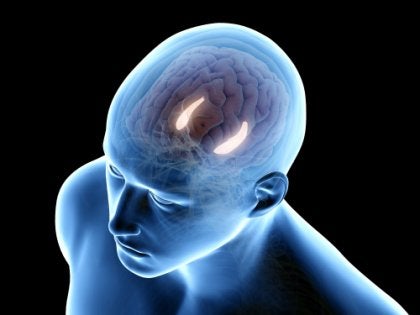What's Explicit Memory?

Theories about memory divide it into two categories: implicit memory (or procedural), related to learning abilities, and explicit memory. Implicit memory is where you store procedures such as driving, riding a bike, or doing routine tasks on the computer.
Explicit memory (or declarative memory), on the other hand, stores memories that can be consciously evoked. Explicit memory is also divided into two categories: episodic memory and semantic memory.
Episodic memory
Episodic memory stores memories related to personal events. Thus, it helps you remember that amazing trip or childhood afternoons playing with friends at the park. It also allows you to talk about those memories.
This information is located in time and space, which is why the context surrounding the memories is very strong. What’s more, the reference point of the memory is the person themselves. Consequently, the reason we remember certain things at certain times is usually due to the circumstances surrounding them. For example, returning to the place where something happened in the past can trigger certain memories.

Due to the strong connection to context, episodic memories are easier to forget or distort. That’s why people often have trouble with autobiographical details, confusing the times and places of events in their own lives.
This happens especially when someone asks you to give details about an event or a memory, like in the case of witnesses. The expectations that the other person has and your desire to please can actually modify your memory.
The brain structures involved in episodic memory
The medial temporal lobe, where the hippocampus is located, has to do with the creation of new episodic memories. The prefrontal cortex also seems to be quite important for spatially and temporally codifying the memories. In other words, it helps you remember where and when you had an experience. Consequently, you can better organize your memories.
Episodic memory disorders
The primary disorder that affects episodic memory is Alzheimer’s. Amnesia of these kinds of memories happens in the first phases because the hippocampus is one of the first structures affected by the disease. Episodic memory failure is also common with seafood poisoning. As crazy as it sounds, seafood poisoning can actually cause irreversible damage. The same goes for Korsakoff syndrome.
Stress and using drugs such as ecstasy or MDMA can also damage episodic memory.
Semantic memory
This type of memory contains knowledge about language and the world around you. It’s like an encyclopedia and dictionary. This type of memory makes it possible to recall the meanings of words and the relationship between two ideas, for example.
Although this type of knowledge can be linked to episodic memory, it’s usually generic and decontextualized. Consequently, it’s easier to remember. One example of a semantic memory would be if you learned the meaning of Rue de Rivoli when you visited the Louvre last summer.
The brain structures involved in semantic memory
Some authors argue that episodic memory and semantic memory involve the same brain structures. However, there are studies that find no relationship between the hippocampus and semantic memory.
Some authors relate it to the temporal neocortex and others argue that the involved structure depends on the knowledge that you’re trying to recall. For example, knowledge related to the sound of a can falling on the ground would activate the auditory cortex. Remembering the color of a particular animal would activate the visual cortex. The bilateral temporal lobe is also involved in the integration of all semantic information.

Semantic memory disorders
Semantic dementia is a neurodegenerative disease that affects the temporal lobe. This disease can affect the ability to name objects as well as access their meanings. Individuals suffering from semantic dementia gradually lose their ability to categorize concepts in a detailed way. For example, it impairs their ability to use familiar words or visually recognize objects.
In general, Alzheimer’s disease also causes deterioration in specific categories, since Alzheimer’s patients also have a hard time naming or describing objects.
All cited sources were thoroughly reviewed by our team to ensure their quality, reliability, currency, and validity. The bibliography of this article was considered reliable and of academic or scientific accuracy.
- del Rosario, Z. y Peñazola, S. (2000). El sistema de memoria humano: memoria episódica y semántica. Caracas: Universidad Católica Andrés Bello.
This text is provided for informational purposes only and does not replace consultation with a professional. If in doubt, consult your specialist.








